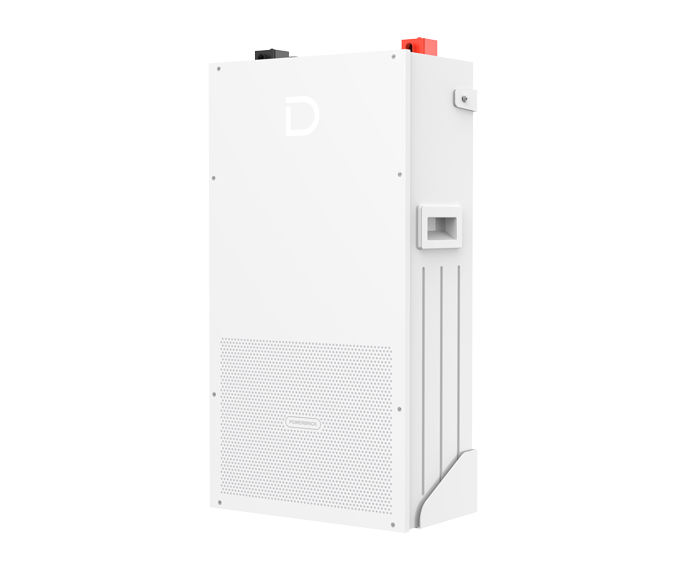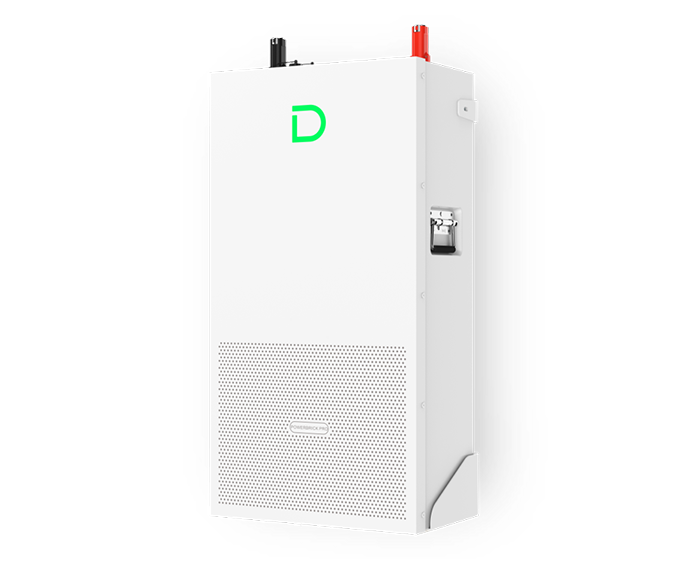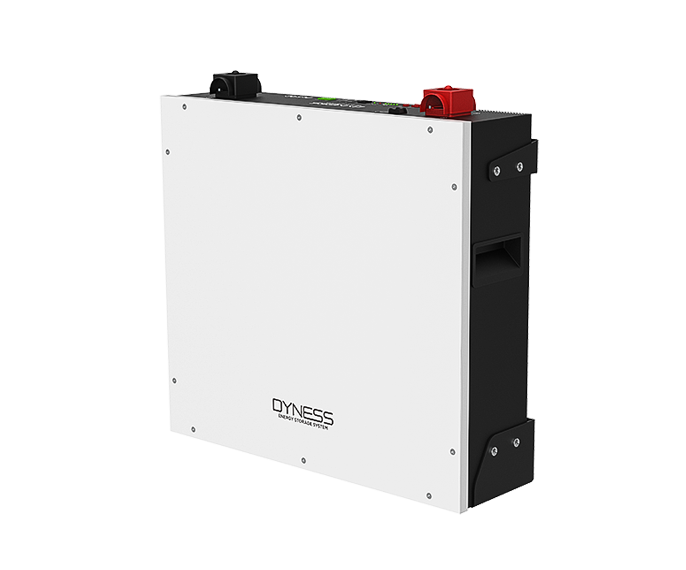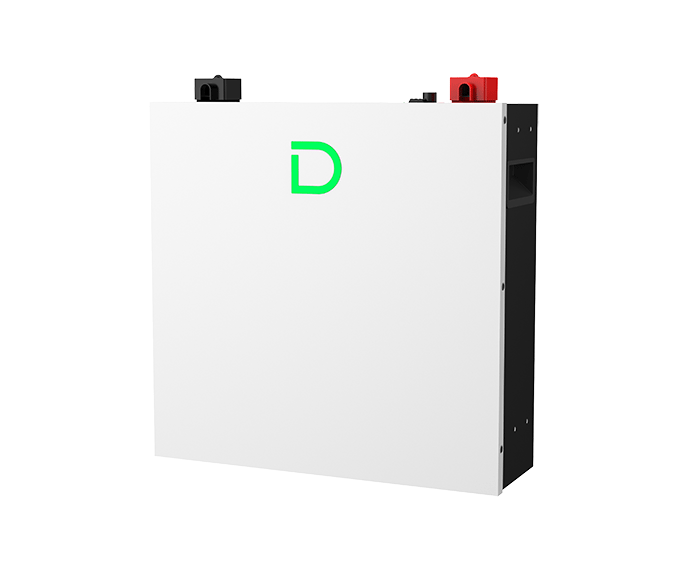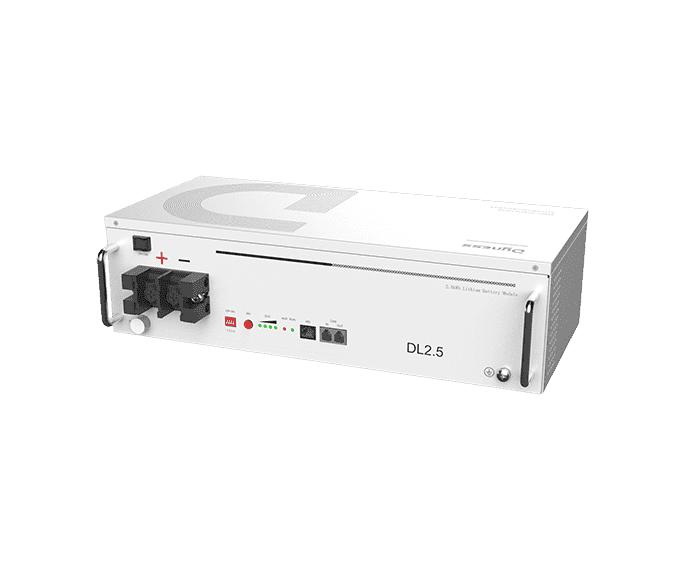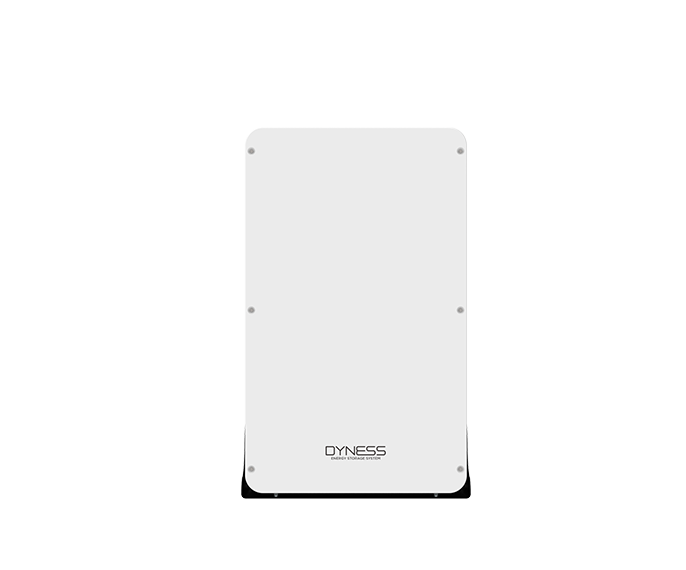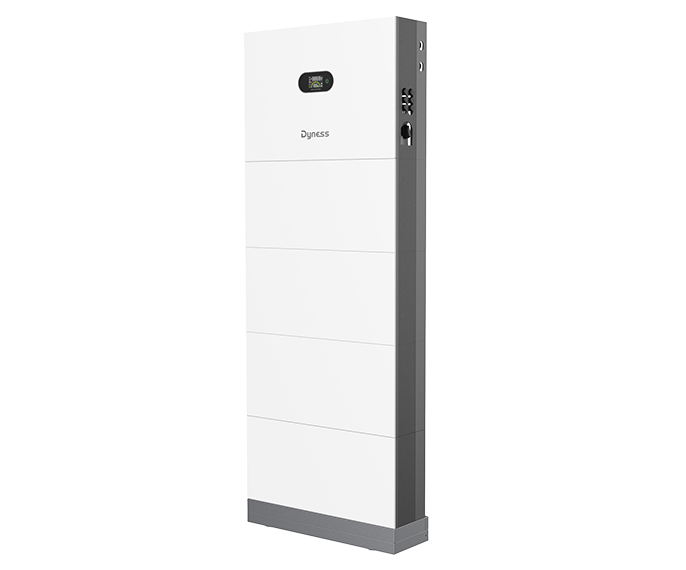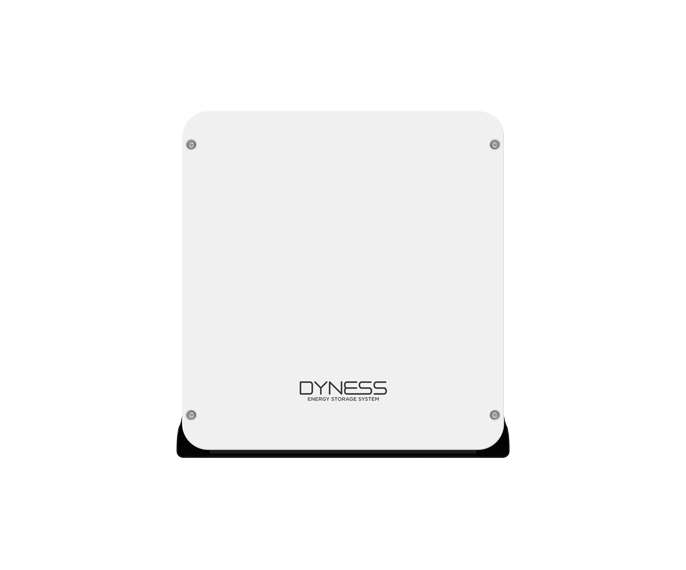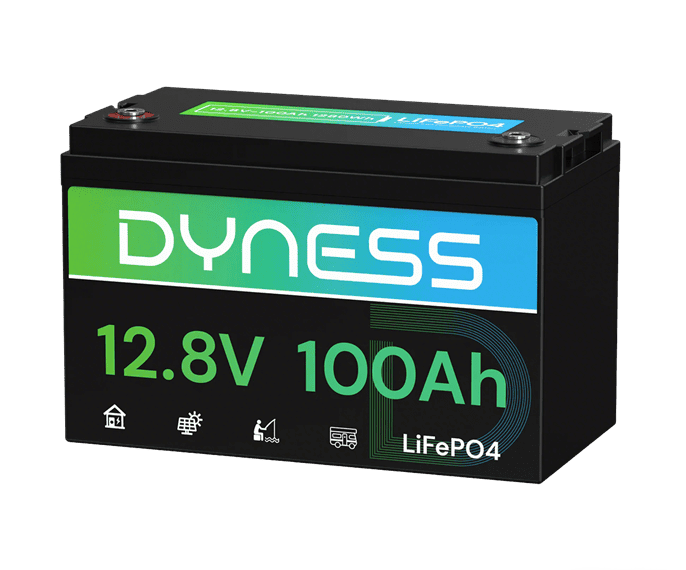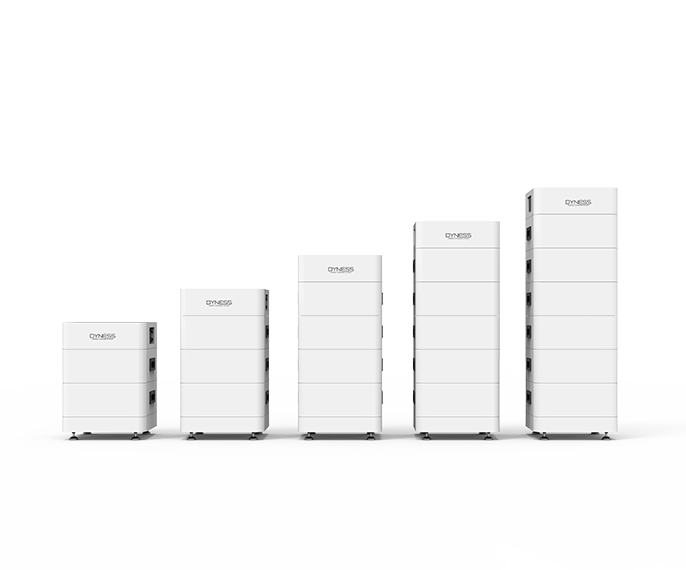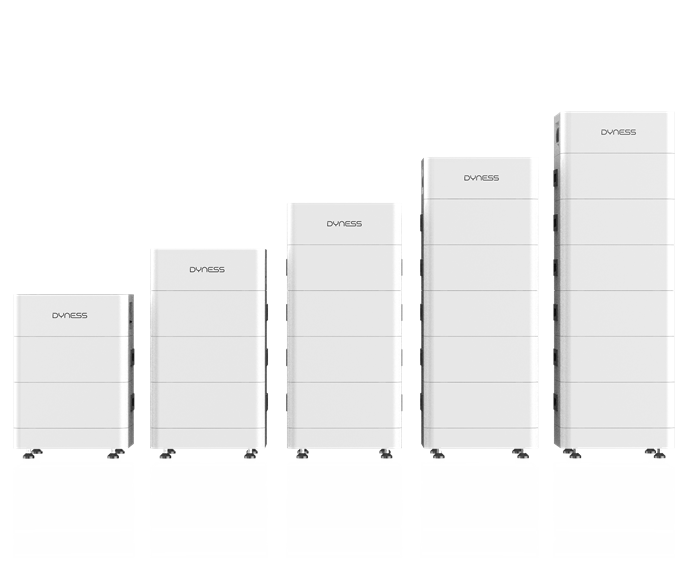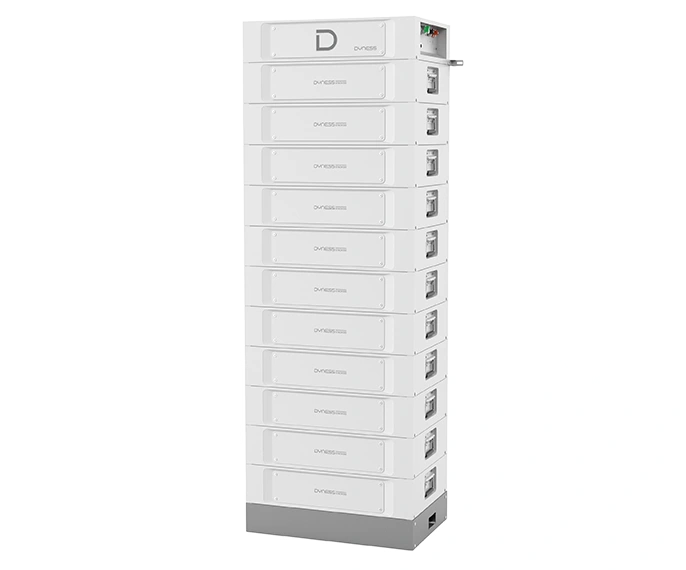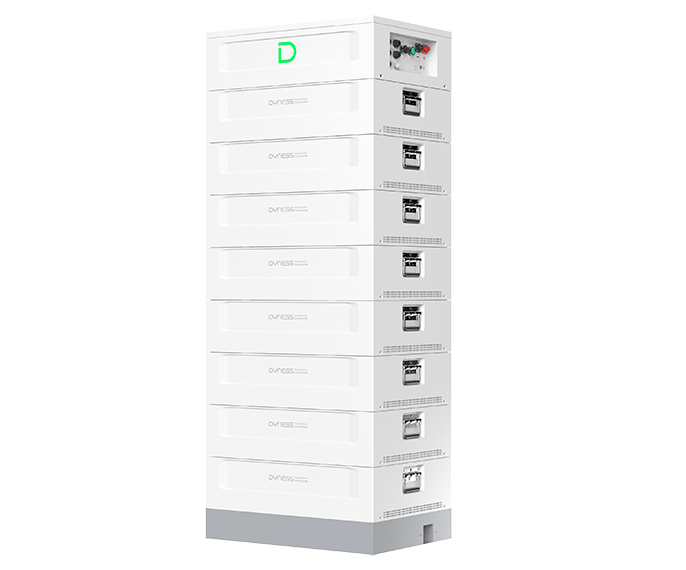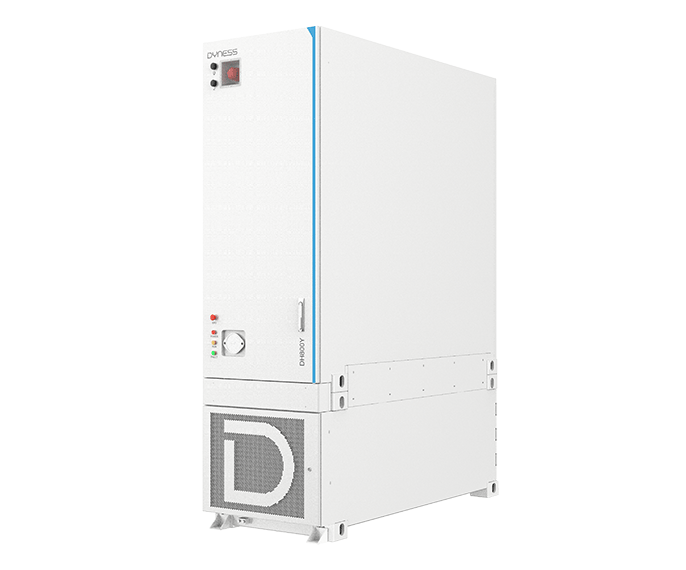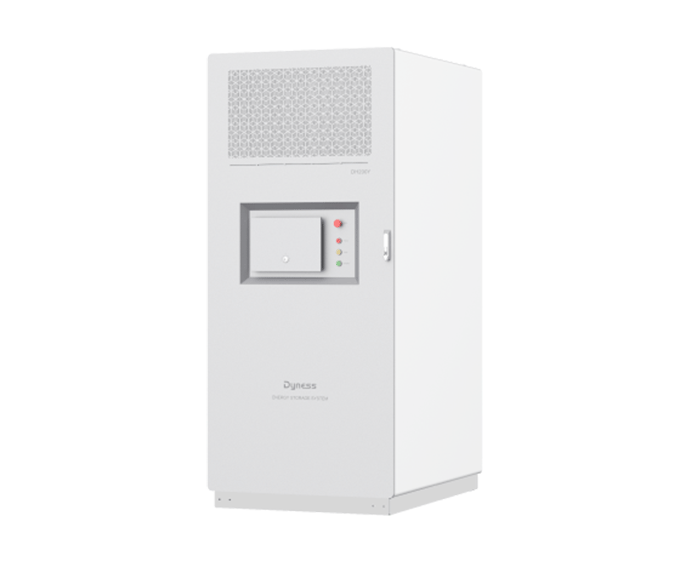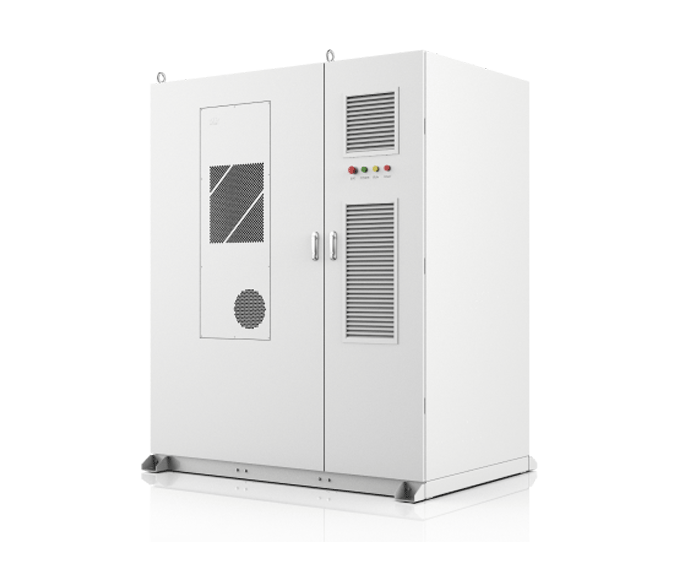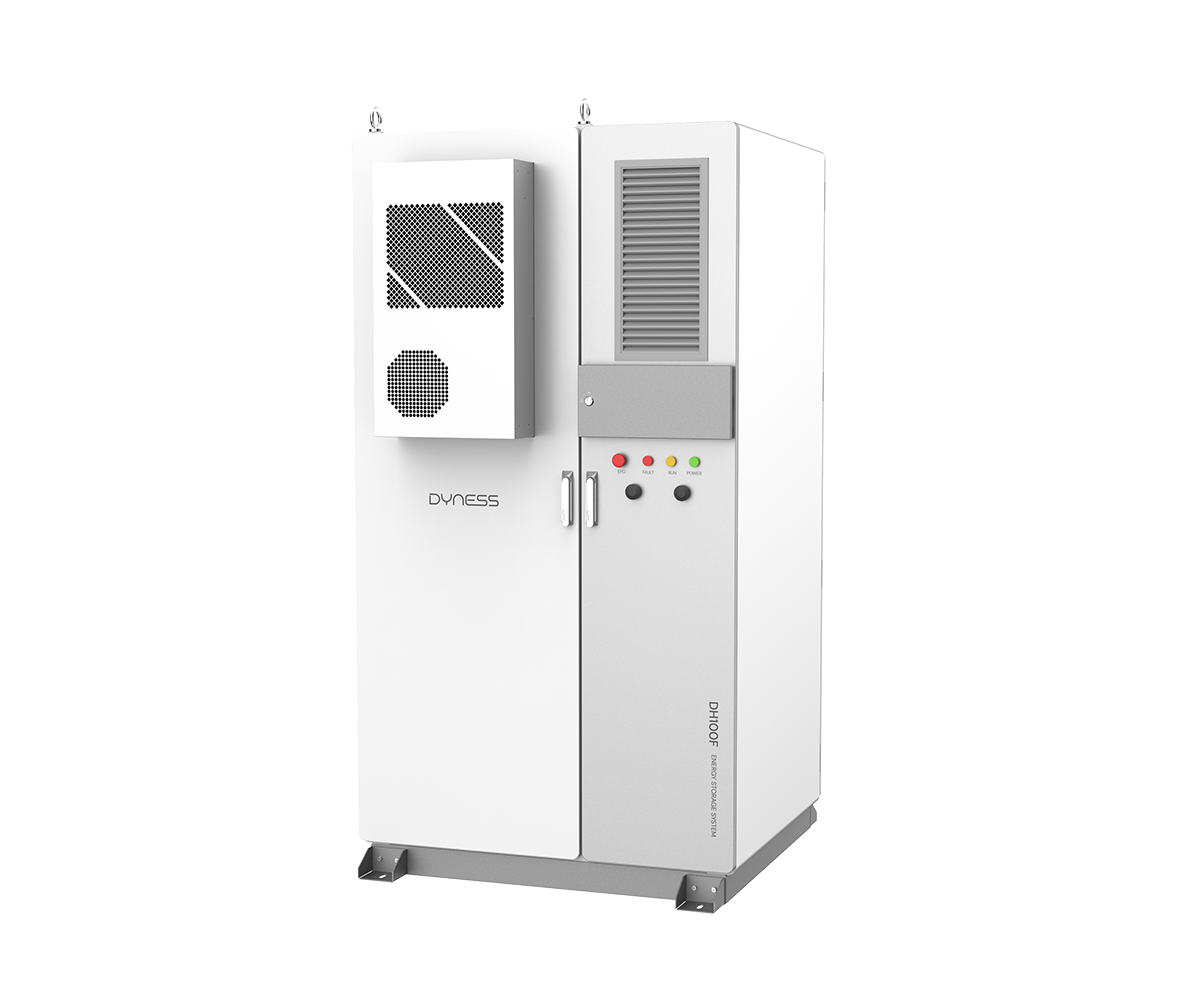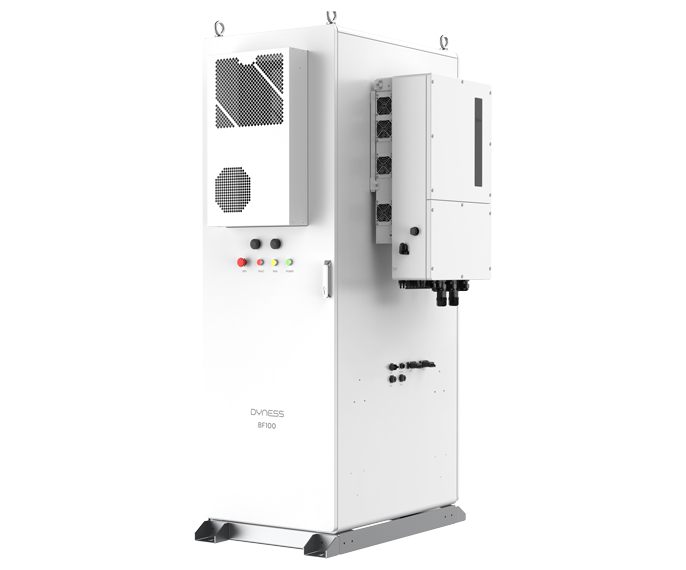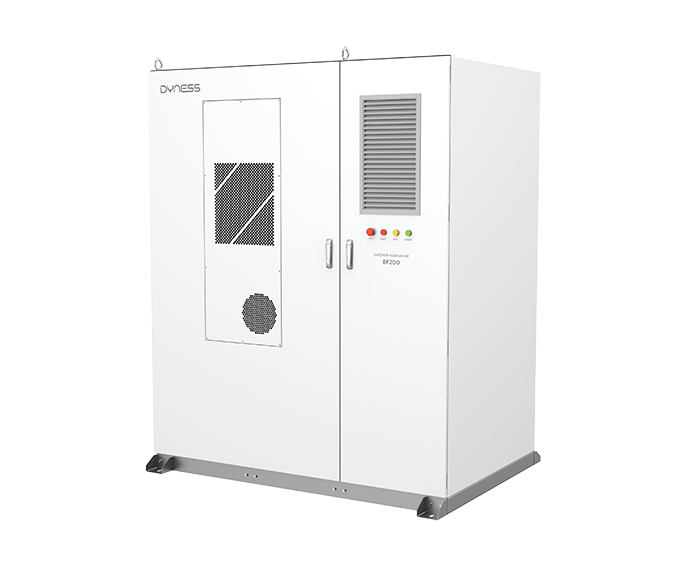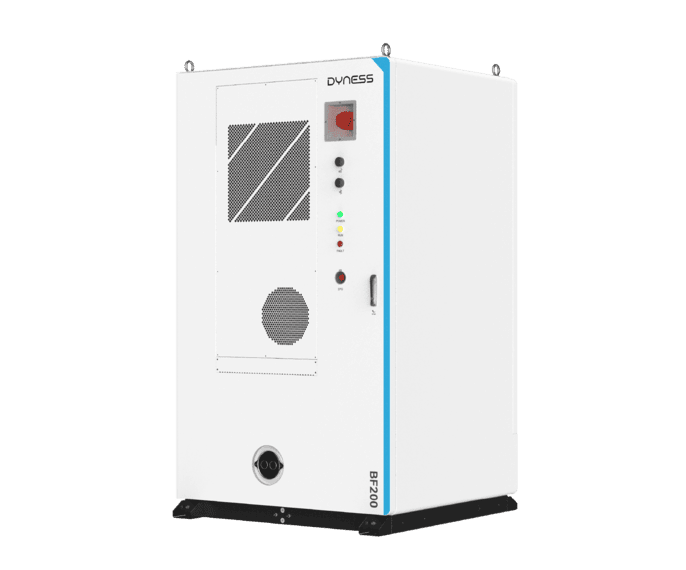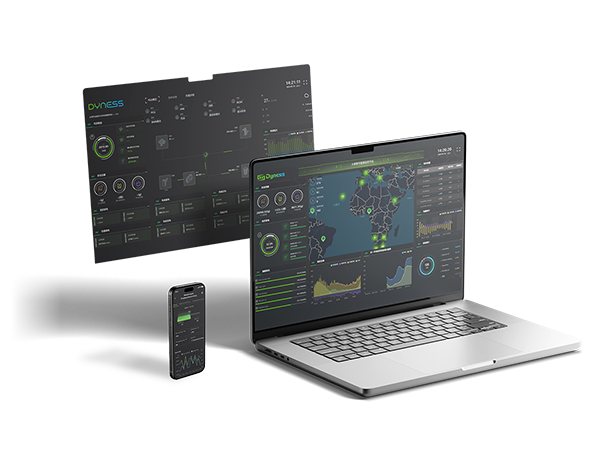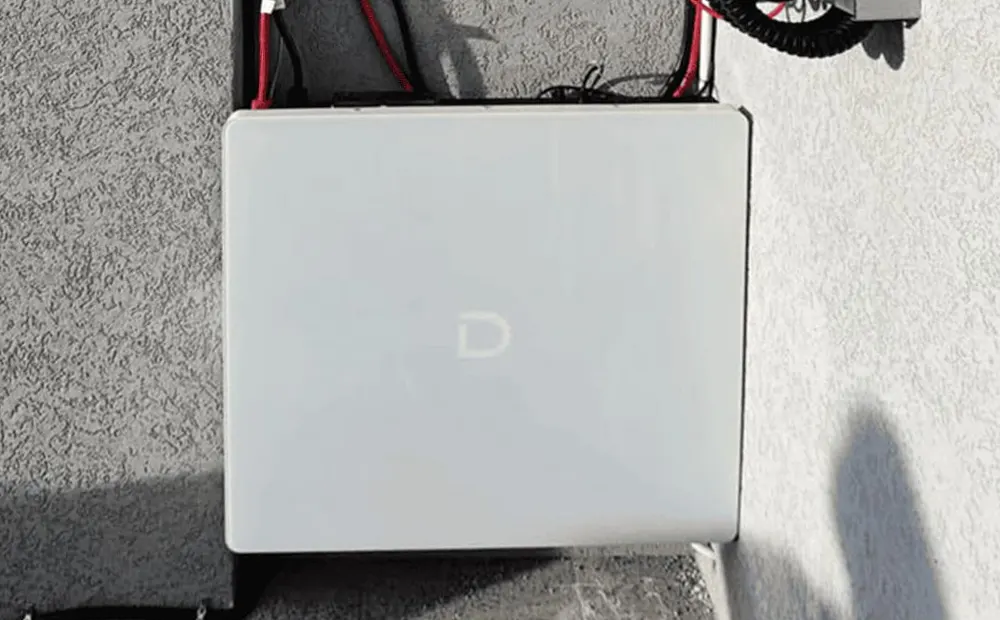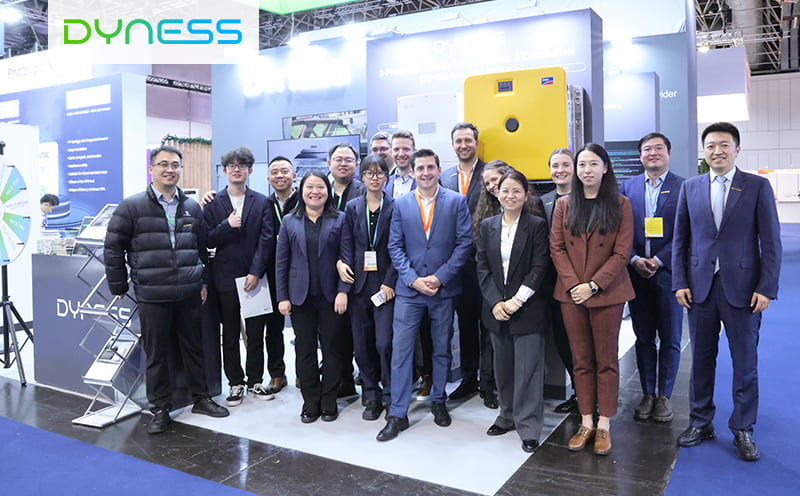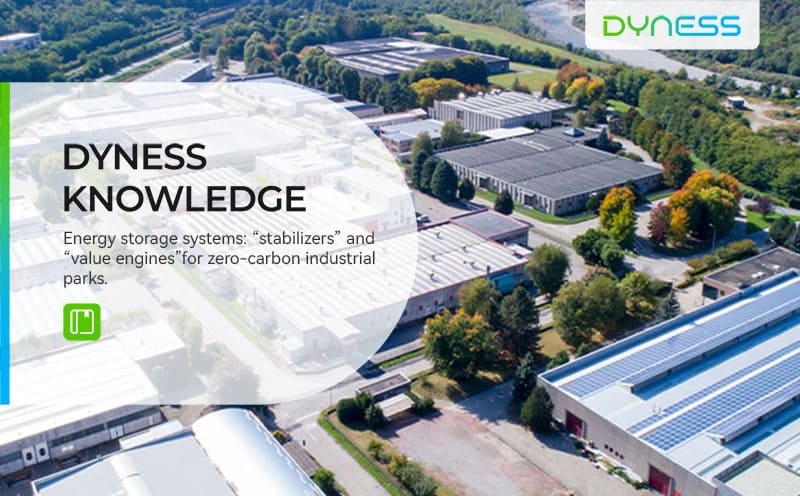Dyness Knowledge | C&l energy storage and household energy storage: the two main forces in the energy storage field
-
Technical Blog
-
2025-04-25
-
Dyness

When the "green electricity era" is coming, how to solve the problem of energy supply and demand? Industrial and commercial energy storage and household storage systems are reshaping the energy landscape with innovative models - the former achieves a revolutionary reduction in corporate energy costs through intelligent allocation, and the latter allows every household to become a micro energy hub.
In this quiet energy revolution, Dyness relies on its independently developed intelligent system to create a full-chain solution of "source-grid-load-storage". From peak-valley electricity price arbitrage in industrial parks to off-grid emergency power backup in residential communities, from photovoltaic consumption optimization to electric vehicle V2G collaboration, redefine the boundaries of energy use. Let us uncover how the new energy storage system can become an energy "stabilizer" in the era of carbon neutrality.
Analysis of C&I Energy Storage Systems
As an important tool for corporate energy management, industrial and commercial energy storage systems are gradually becoming the preferred solution for many companies to reduce electricity costs and improve energy efficiency. It can not only help companies cope with the difference in peak and valley electricity prices, but also provide stable power support when the power grid fluctuates, ensuring the normal production and operation of the company.
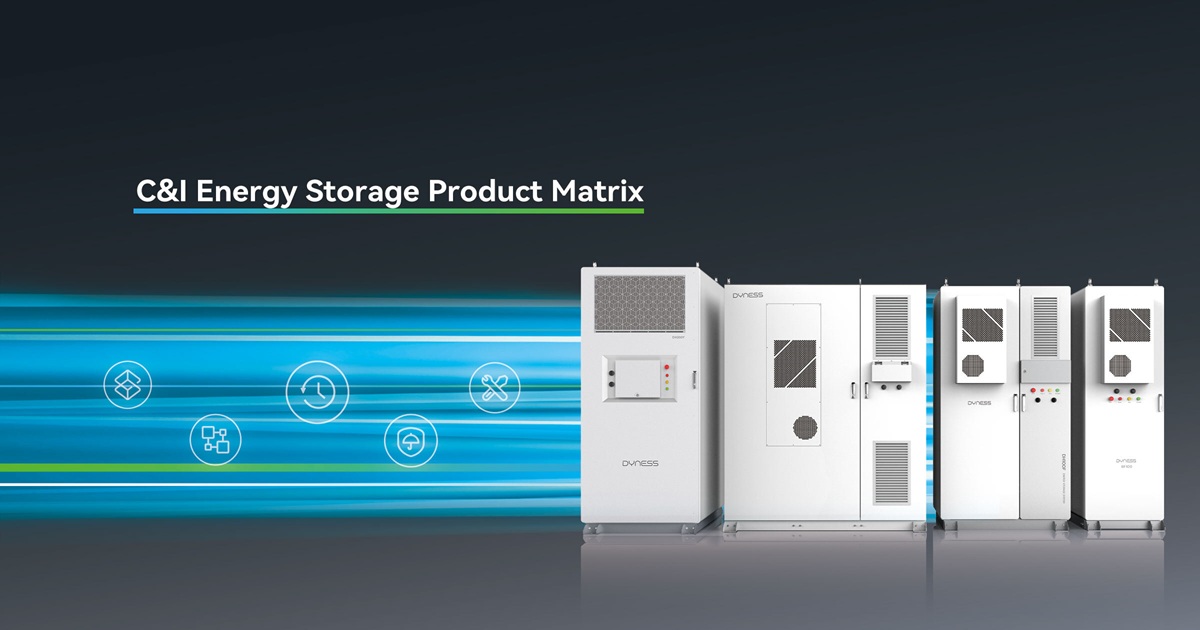
C&I energy storage system architecture and key components
The industrial and commercial energy storage system is mainly composed of battery modules (PACK), battery management system (BMS), energy storage converter (PCS), energy management system (EMS), cooling system, and other electrical equipment. The battery module is the core of the energy storage system, responsible for storing and releasing electrical energy. At present, the common types of batteries on the market include lead-acid batteries, lithium-ion batteries, etc. Among them, lithium-ion batteries have been widely used in the field of industrial and commercial energy storage due to their advantages such as high energy density and long life. BMS is mainly responsible for monitoring the voltage, current, temperature and other parameters of the battery to ensure the safe operation of the battery and extend the service life of the battery. PCS undertakes the important task of AC/DC conversion to realize the two-way flow of electrical energy between the battery and the power grid. EMS is the brain of the entire energy storage system. Through real-time monitoring and data analysis of each component, it realizes the optimization control of the energy storage system to ensure efficient and stable operation of the system.
The application value of C&l energy storage
Industrial and commercial energy storage has many application values. In terms of reducing electricity costs, enterprises can take advantage of the difference in peak and valley electricity prices, charge when electricity prices are low, and discharge when electricity prices are high, thereby reducing electricity expenses. This advantage is particularly obvious for some high-energy-consuming enterprises.
C&I energy storage can also improve the stability and reliability of corporate power supply. When the power grid is out of power or fails, the energy storage system can serve as a backup power source to ensure the normal operation of key corporate equipment and avoid production interruptions and economic losses caused by power outages.
In addition, C&I energy storage systems can also participate in the grid's demand response and ancillary services. By providing frequency regulation, peak regulation and other services to the grid, they can obtain corresponding economic benefits while also contributing to the stable operation of the grid.

Analysis of Residential Energy Storage System
As the core of home energy management, household energy storage systems are gradually entering more and more households. They can not only improve the self-sufficiency of household energy, but also ensure the basic electricity needs of households in emergencies.

Residential storage system composition and working principle
The residential storage system is mainly composed of solar photovoltaic panels, energy storage batteries, inverters, controllers and loads. Solar photovoltaic panels are responsible for converting solar energy into direct current, energy storage batteries are used to store electrical energy, and inverters convert direct current into alternating current for use by household appliances. The controller plays a key role in coordinating the work of various parts to ensure stable and efficient operation of the system.
During the day, when there is sufficient solar energy, part of the electricity generated by the photovoltaic panels is directly supplied to the household load, and the other part is stored in the energy storage battery. At night or on cloudy days, when there is insufficient solar energy, the energy storage battery releases the stored energy to continue to supply power to the household. If the power is still insufficient, the system will automatically draw power from the grid to ensure the continuity of household electricity use.
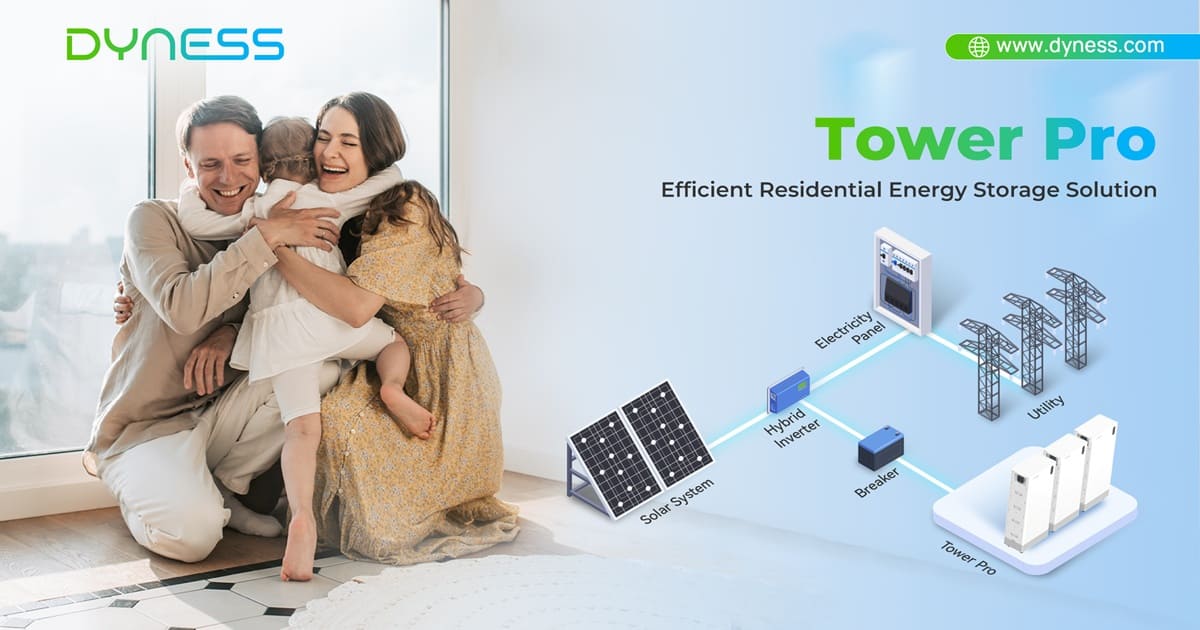
Application scenarios of residential storage system
The residential storage system has many application scenarios in the home:
1) In daily electricity use, it can achieve self-sufficiency in household electricity use, reduce dependence on the power grid, and reduce electricity bills.
2) In areas where the difference between peak and valley electricity prices is large, users can also take advantage of the peak and valley electricity price policy to charge when the electricity price is low and discharge when the electricity price is high, thereby maximizing economic benefits.
3) In addition, the household storage system can also be used as an emergency power supply device. When the power grid is out of power, it automatically switches to off-grid mode to provide the necessary power support for the family and ensure the normal operation of key equipment such as refrigerators and lighting.
How to choose a suitable energy storage solution?
Power demand analysis
When choosing an energy storage solution, you must first conduct a comprehensive analysis of your own electricity demand. For home users, you need to consider factors such as daily household electricity consumption, peak hours, and the power of major electrical equipment. If there are many high-power electrical appliances in the home, such as air conditioners and electric water heaters, then you need to choose an energy storage system with large capacity and stable power output to meet the electricity needs of these devices.
For industrial and commercial users, the analysis of electricity demand is more complicated. It is necessary to consider the stability and continuity requirements of the company's production process for electricity, as well as the changes in electricity load during different production periods. Some companies that have extremely high requirements for power stability, such as electronic chip manufacturers, may suffer huge economic losses due to any short power outage. Therefore, they need to be equipped with a highly reliable energy storage system to ensure seamless switching in the event of a power grid failure to ensure normal production.
At the same time, it is also necessary to pay attention to the peak and valley conditions of electricity consumption of enterprises, and reduce electricity costs by rationally configuring energy storage systems and utilizing the difference in peak and valley electricity prices.
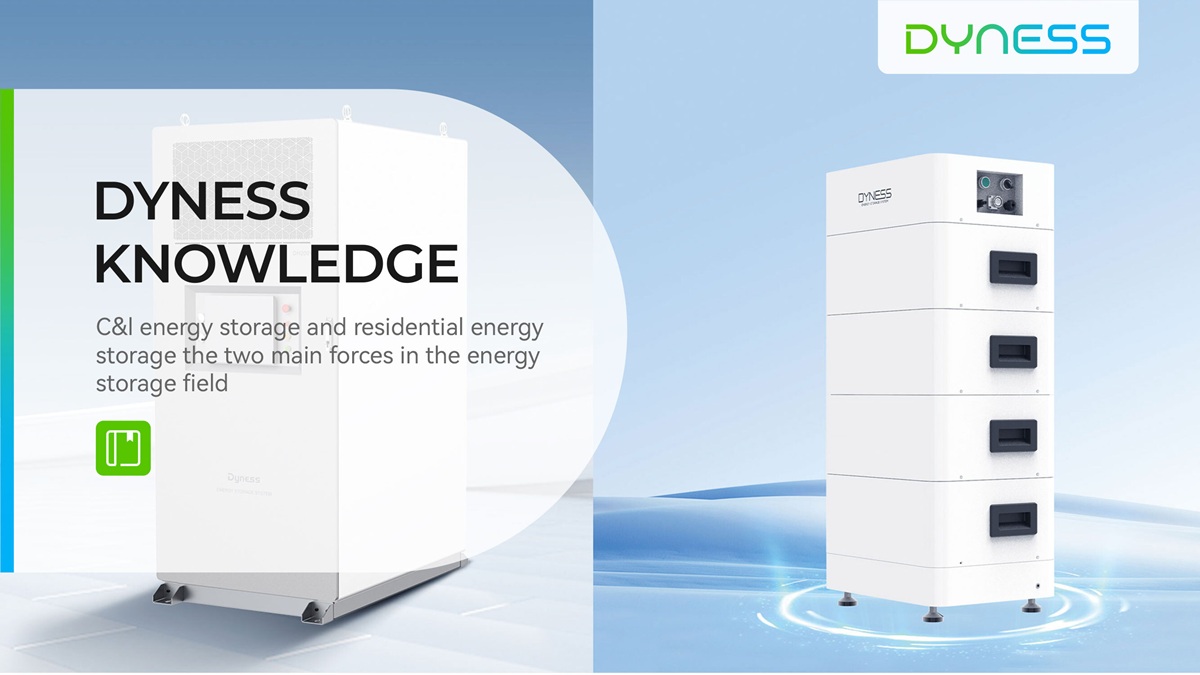
Cost-effectiveness assessment
Cost-benefit evaluation is an important consideration when choosing an energy storage solution. The investment cost of an energy storage system mainly includes equipment procurement, installation and commissioning, and later maintenance. Different types of energy storage systems have different costs. For example, the energy density of lithium-ion battery energy storage systems is higher, but the initial investment cost is relatively high. while lead-acid battery energy storage systems have lower costs, but their energy density and service life are relatively short.
When evaluating costs, we should not only focus on the initial investment, but also consider the long-term operation and maintenance costs and the service life of the energy storage system. Although some high-quality energy storage equipment has a large initial investment, it may have a higher cost-effectiveness in the long run due to its good stability, low maintenance cost and long service life.
In addition, the payback period of the energy storage system needs to be analyzed. By taking advantage of the difference in peak and valley electricity prices and participating in grid demand response, the energy storage system can bring certain economic benefits to users. When calculating the payback period, these benefit factors should be comprehensively considered, as well as the risks that may be faced, such as policy changes and electricity price fluctuations.
Safety and reliability considerations
The safety and reliability of energy storage systems are directly related to the safety of life and property of users and the normal production and living order, so they must be taken seriously. In terms of safety, it is necessary to select energy storage products that meet relevant safety standards and specifications to ensure that there will be no safety accidents such as fire, explosion, leakage, etc. during the operation of the energy storage system.
For example, energy storage batteries should have overcharge and over-discharge protection, overheat protection, short circuit protection and other functions; the battery management system (BMS) should be able to monitor the status of the battery in real time, and promptly detect and handle abnormal situations. During the installation and use of the energy storage system, relevant safety operating procedures must also be strictly followed to ensure the safe operation of the system.
Reliability is also a key factor to consider when choosing an energy storage solution. A reliable energy storage system should be able to operate stably under various working conditions to ensure a continuous supply of electricity. This requires that the various components of the energy storage system have high quality and stability, and the system design and configuration must be reasonable and able to adapt to different environmental conditions and power requirements.
When selecting an energy storage equipment supplier, it is important to examine its technical strength, production process, quality control system, and after-sales service. Choose a supplier with a good reputation and rich experience to ensure the reliability and long-term stable operation of the energy storage system.
Summary
When office buildings are still brightly lit in the twilight, and when rooftop photovoltaic panels quietly store energy in the morning light, industrial and commercial energy storage systems are injecting continuous kinetic energy into production lines in the posture of "power dispatchers". Household energy storage is transformed into a "family energy manager", accurately regulating between peak and valley electricity prices to maximize the value of every kilowatt-hour of electricity. Choosing an energy storage solution is like drawing a unique energy map - manufacturing companies can build a tiered energy storage matrix to achieve staggered production, and community users can build a home microgrid through modular energy storage walls. The future is here, and when digital twin technology meets distributed energy storage, we will witness the deep integration of smart parks and zero-carbon communities. In this sea of stars, every electricity choice is reshaping the future of energy, and you and I are the writers of this change.





